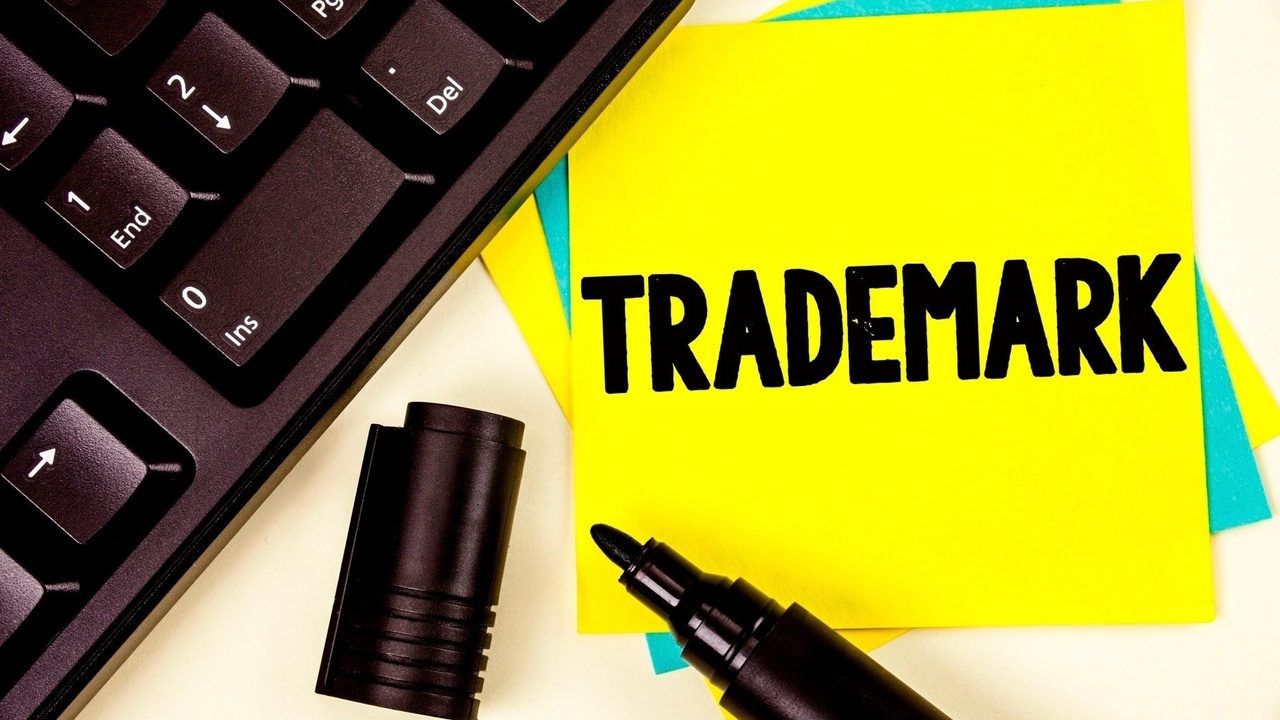Trademark Registration:
What is that?
Trademark Registration is a legal process to protect unique symbols, names, or designs that distinguish goods or services, providing exclusive rights to the owner.
Eligibility
Any individual, business, or legal entity using a distinctive mark for goods or services can apply for Trademark Registration.

Documents required
- A representation of the mark
- Details of the applicant,
- Proof of first use (if applicable).
Process & Procedure
The process involves conducting a trademark search, filing an application with the trademark office, examination, publication, and finally, registration.
Common misconception/mistakes while applying
A common mistake is assuming that a business name registration provides trademark protection. Trademark registration specifically protects distinctive symbols associated with goods or services.
Trademark Renewal:
What is that?
Trademark Renewal is the process of extending the validity of a registered trademark, ensuring continued protection beyond the initial registration period.
Eligibility
Any individual or entity with a registered trademark nearing expiration is eligible to apply for renewal.
Documents required
- Renewal application
- Proof of current use
- Renewal fee.

Process & Procedure
The process involves filing a renewal application before the expiration, providing evidence of continued use, and paying the required renewal fees.
Common misconception/mistakes while applying
A common mistake is neglecting to renew a trademark, assuming the protection continues indefinitely. Failure to renew can lead to loss of trademark rights.
Logo Designing:
What is that?
Logo Designing is the creative process of conceptualizing and creating a unique visual symbol that represents a brand, product, or entity.
Eligibility
Anyone seeking to establish a visual identity for their business or product is eligible for logo designing.

Documents required
There are no specific documents required for logo designing. However, a design brief outlining requirements may be requested.
Process & Procedure
The process involves brainstorming, conceptualization, design creation, feedback, and finalization of the logo.
Common misconception/mistakes while applying
A common mistake is overlooking the importance of a professional logo. A poorly designed logo may not effectively convey the desired brand image.
Expert Trademark Review:
What is that?
Expert Trademark Review involves a comprehensive analysis of a proposed trademark by legal professionals to assess its registrability and potential conflicts.
Eligibility
Any individual or business planning to register a trademark can seek an expert trademark review.

Documents required
- Details of the proposed trademark
-Any relevant information about potential conflicts.
Process & Procedure
The process involves engaging legal experts to conduct a thorough review of existing trademarks, assessing potential conflicts, and providing a detailed analysis.
Common misconception/mistakes while applying
A common mistake is assuming that a trademark search is sufficient. Expert trademark review goes beyond a basic search, providing a more thorough analysis of potential legal issues.
Copyright Registration:
What is that?
Copyright Registration is a legal process that provides the creator of original literary, artistic, or musical works exclusive rights over their creations, preventing unauthorized use or reproduction.
Eligibility
Any individual or entity that has created an original work, whether published or unpublished, is eligible for copyright registration.
Documents required
- Application form
- A copy of the work

Process & Procedure
The process involves submitting the application to the copyright office, examination, and, upon approval, issuance of the copyright certificate.
Common misconception/mistakes while applying
A common mistake is assuming that creative work is automatically protected. Copyright registration enhances legal protection and is beneficial in case of legal disputes.
Patent Application:
What is that?
A Patent Application is a formal request made to the government to grant exclusive rights for an invention, providing the inventor with the authority to exclude others from making, using, or selling the invention.
Eligibility
Any inventor or entity that has created a novel and non-obvious invention is eligible to file a patent application.
Documents required
- Detailed description of the invention,
-Drawings (if applicable)

Process & Procedure
The process involves preparing a patent application, filing it with the patent office, examination by patent examiners, and, if approved, issuance of the patent.
Common misconception/mistakes while applying
A common mistake is underestimating the complexity of the patent application process. It's crucial to provide clear and comprehensive details about the invention.
Design Registration:
What is that?
Design Registration is the legal protection granted to the visual appearance or ornamental aspects of an article, ensuring exclusive rights over the design.
Eligibility
Any individual or entity that has created a new and original design for an article is eligible for design registration.

Documents required
- Application form
- Representations of the design
Process & Procedure
The process involves filing the design application, examination by the design office, and, upon approval, the issuance of a design registration certificate.
Common misconception/mistakes while applying
A common mistake is assuming that functionality alone can be protected by design registration. It primarily focuses on the visual aesthetics.
Trademark Class Search:
What is that?
Trademark Class Search is the process of determining the appropriate class or classes under which a specific product or service falls, aiding in the trademark registration process.
Eligibility
Anyone intending to register a trademark for a product or service can perform a trademark class search.

Documents required
There are no specific documents required for a trademark class search. It involves researching the appropriate classes for the intended goods or services.
Process & Procedure
The process involves conducting a thorough search to identify relevant classes based on the nature of the goods or services, helping in the accurate filing of a trademark application.
Common misconception/mistakes while applying
A common mistake is neglecting the importance of a detailed trademark class search. Failing to accurately identify the classes can lead to potential conflicts or rejection.
Types of Intellectual Property:
What is that?
Types of Intellectual Property refer to various legal protections for creations of the mind, including patents, trademarks, copyrights, and trade secrets.
Eligibility
Creators or inventors in various fields, such as technology, arts, or business, are eligible to seek protection for their intellectual property.

Documents required
- Documentation requirements vary based on the specific type of intellectual property sought, but generally include application forms, descriptions, and supporting materials.
Process & Procedure
The process involves understanding the specific requirements for each type, preparing necessary documents, and filing applications with the respective intellectual property offices.
Common misconception/mistakes while applying
A common mistake is assuming that one form of intellectual property protection is sufficient for all creations. Different types of intellectual property provide distinct protections and must be pursued accordingly.
Copyright © 2025 Aj Accounting Group All rights reserved